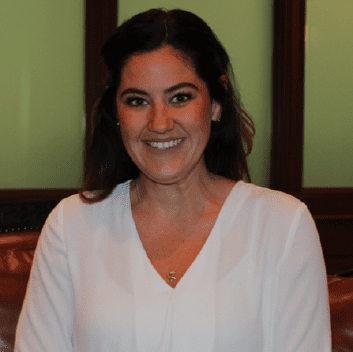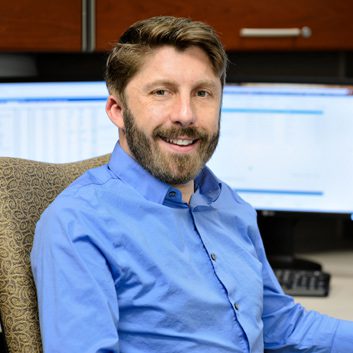A new breed of spine care professionals strives to deliver more efficient, value-based care for those suffering from low back pain and other spine-related disorders.
The recent push to transform a historically volume-based healthcare system to one focused on value has been felt across disciplines and specialties. Spine care has been no exception, although it does present some unique challenges.
As of January 1, 2015, all 50 states, the District of Columbia, and the US Virgin Islands allow patients to seek some level of treatment from a licensed physical therapist without a prescription or referral from a physician. However, some limitations remain baked into several state laws, and primary care practitioners continue to be on the front lines when signs of low back pain emerge.
Primary care physicians are not trained extensively on spine care, which stands apart from internal medicine in both the nature of its ailments and the mechanisms of its treatment. When a spine care patient begins his or her treatment with a family doctor, the pathway of care can be inefficient and costly.
But what if there were a healthcare professional dedicated to being the first point of contact for all spine problems and who could coordinate care of the patient from his or her very first visit?
Dr. Donald Murphy, DC, FRCC, chiropractor, research scientist, consultant and MedRisk advisory board member, has tackled this question in his recent work helping to establish a new breed of spine care professionals called primary spine practitioners (PSPs). PSPs are intended to serve as doctor, educator and care coordinator for those with spine-related disorders. We sat down with Dr. Murphy to discuss how the primary spine practitioner movement has progressed over the last three years and how he sees the pathway of care evolving for low back pain and other spine-related disorders.
Training Tomorrow’s Spine Care Professionals
Dr. Murphy is an instructor in the University of Pittsburgh’s PSP Certification Program™, which is geared toward current practitioners who want to expand their skill set to serve as first contact for patients with spine problems. The curriculum, which includes units on treating psychosocial and chronic pain as well as clinical management, is a blend of online education modules and a weekend workshop, comprising upwards of 20-course hours. The program concludes with a final practical competency exam.
“Those working in healthcare are realizing the dire need for high-value care for spine,” Murphy said. “Spine care in our country can be very expensive while often achieving low value and poor outcomes. And for many patients, being directed to different types of practitioners, it can feel like the wild west.”
So far, one cohort has completed the training, and another is set to finish in December 2018. While the program has drawn the most interest from physical therapists and chiropractors, Dr. Murphy says it is profession-agnostic and open to physical medicine doctors, primary care physicians and nurse practitioners who meet the prerequisites and want to provide a higher level of coordination for spine care patients.
Plotting an Integrated Pathway
The number of PSPs in the healthcare system is bound to grow in years ahead, but how will patients connect with them? Dr. Murphy works with hospital systems to redefine the care pathway for spine patients so their clinical experience can be more streamlined and less costly.
“Will the patient recover quickly or head in a direction toward chronic pain?” Murphy said. “Often, what you do upfront dictates what happens down the road.”
As it stands, without an experienced spine care professional to greet them, it’s not uncommon for patients to get lost in what Dr. Murphy refers to as the “spine supermarket,” wandering through unfamiliar territory, meeting with spine surgeons, physical therapists, and chiropractors, unsure of which treatment’s best for them. The role of the primary spine practitioner is to not only apply treatment but also to educate the patient and provide a referral in the event they need to see a specialist, such as a surgeon.
Dr. Murphy sees this streamlined pathway as a boon to workers’ compensation as well.
“Workers’ compensation presents a uniquely challenging dynamic between the patient, provider, employer, and payer. It’s important that we have professionals who are well-trained and an efficient pathway through which they can treat patients with work-related back and neck pain. It will bring a front-end value to workers’ comp that we are currently lacking,” Murphy said.
A Look to the Future
How can we expect spine care to evolve in the years ahead? Murphy anticipates an increased adoption of a best-practice spine care pathway in health systems across the country. He is currently working with colleagues to publish their collective findings on how such a pathway can support patient outcomes (chronicity risk, disability pain), reduce cost, and boost patient satisfaction. Murphy also hopes that certified primary spine practitioners gain distinction in the field as they enter the workforce in greater numbers.
“We are headed toward critical mass,” said Murphy. “People are recognizing that we have a problem in the spine area, and the only way it is going to change is if we implement a solution.”



